My name is Paul Chiddicks, aged 54 and I have been researching my family tree on and off, for the last 15 years. I am an #AncestryHour regular and also contribute a regular blog to Family Tree Magazine. I am writing this guest blog for the #AncestryHour web page.
Now go on admit it, everyone's “googled” their own name haven't they?? Well I certainly have.
Were you surprised with what you found?? Was there a lot more content about you, available on the Internet, than you ever imagined?? Have a look now, you might get a shock!
“Just Google it”, I must say that phrase at least several times every day, but where would we be without Google, or any search engine for that matter?
So let's explore how using Google in our research can open a few new doors for us:
1) Now I'm not going to sit here and explain to you how to use the various Google search helps, such as speech marks, the plus sign and minus sign, asterix etc, there are plenty of guides or “how to pages” available on the internet that will teach you the specifics of using Google.
What I am going to try and do is, point you in the right direction of some different ideas of what to search for, hopefully some ideas that you maybe haven’t considered before, that might just knock down that brick wall for you.
2) So what should you consider? Well apart from individual names, experiment with searching for streets where your ancestors lived, also look at images as well as straightforward web pages, you might be pleasantly surprised at what you find.
3) As an example, my great-grandfather, Matthew Chiddicks, lived at 40, Shortmead Street, Biggleswade. Put that into Google and it leads you to this wonderful website listing the history of the properties in the street.
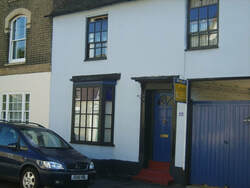
6) Experiment with people’s names in conjunction with streets and areas that they lived in, again use a combination of web pages as well as images. Look at Schools where your ancestors would have attended, look at school reunion sites as another alternative.
7) Consider your ancestors employment, look at companies they might have worked for, or occupations and Industries which they were engaged in. Again be imaginative.
8) Don’t’ always abandon a search after one or two pages, look a bit further down the results pages that Google has provided. I have searched my great grandfather “John Edwin Barnes” numerous times over the years. My great grandfather died at Gallipoli during WW1. A more recent Google of his name brought up an interesting find, he is mentioned in a book, Britain’s Lost Regiments, by author Trevor Royle.
https://books.google.co.uk/books?id=q_3RBAAAQBAJ&pg=PT152&lpg=PT152&dq=%22john+edwin+barnes%22&source=bl&ots=uFbVrds1A-&sig=kc0tTogAzRBTxIS_5Eh6H_F4ohk&hl=en&sa=X&ved=0ahUKEwjZ-_n1hNDVAhXGIcAKHUsgA7E4ChDoAQgnMAA#v=onepage&q=%22john%20edwin%20barnes%22&f=false
9) So, in summary, be flexible, experiment, look at all aspects of your ancestors life. School, work, occupation, where they lived, what they did, hobbies, where they possibly socialised, clubs and organisations for example.
Working Men’s clubs were a big part of life a generation or two ago, as well as sports and social clubs. Did your ancestors socialise here? Are there any photographs online?
One final example to end with.
10) My grandfather was Secretary of our local Labour Club, The Rook Hall Club, putting this into Mr.Google brought up this site
https://www.francisfrith.com/uk/grays/rememberinggraysandrookhalldellroad_memory-458191
I then contacted the lady that made the post in the article. She was now living in Australia. By absolute sheer chance, she recognised my surname, her husband went to the same school as my Father. They kindly sent me some fantastic images of my Father, in a series of school photographs and a local street party. These pictures are priceless to me now, but without my original Google search, I would never have found them.
Please let me know how you get on……..
Paul Chiddicks
Researching the names:
- Chiddicks in Essex
- Daniels in Dublin
- Keyes in Prittlewell
- Wootton in Herefordshire and London
- Jack in Scotland
- Day in Essex, Kent and Gloucestershire
- Barnes in Poplar
- Dodd in East London
You can find me on twitter @chiddickstree and my own family tree blog page is
https://chiddicksfamilytree.wordpress.com
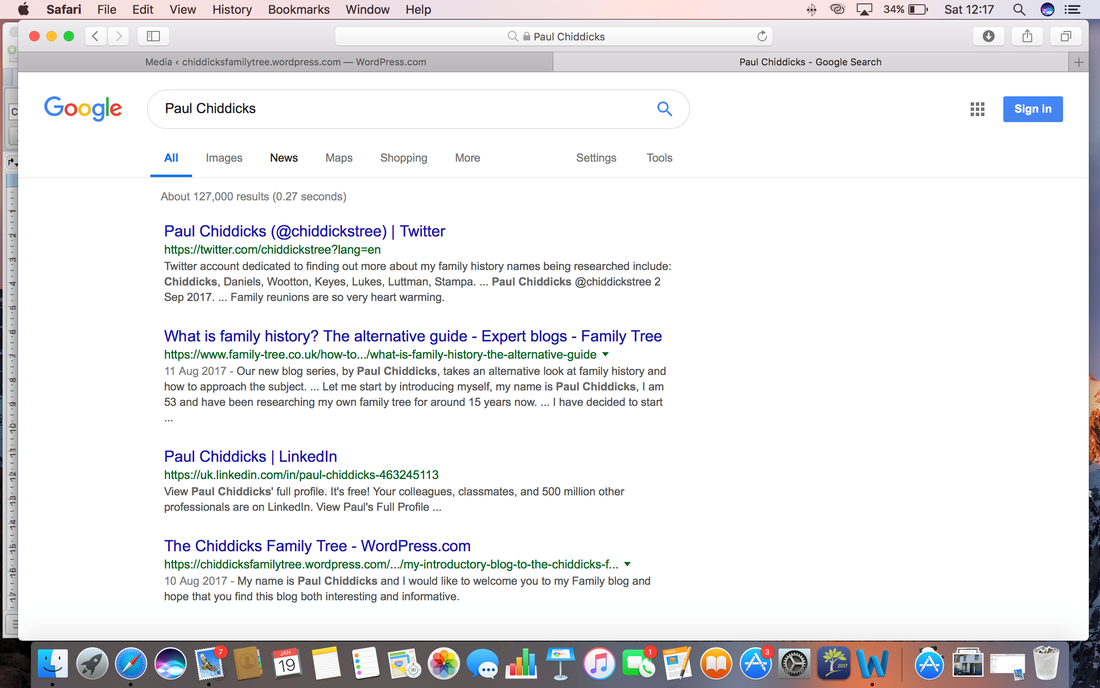
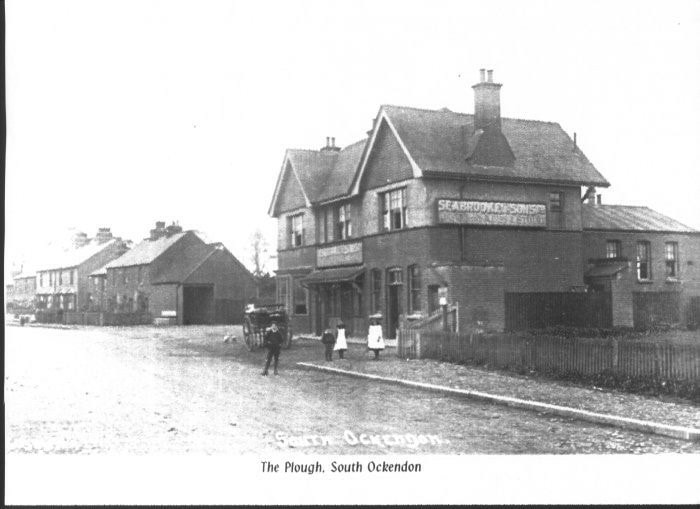
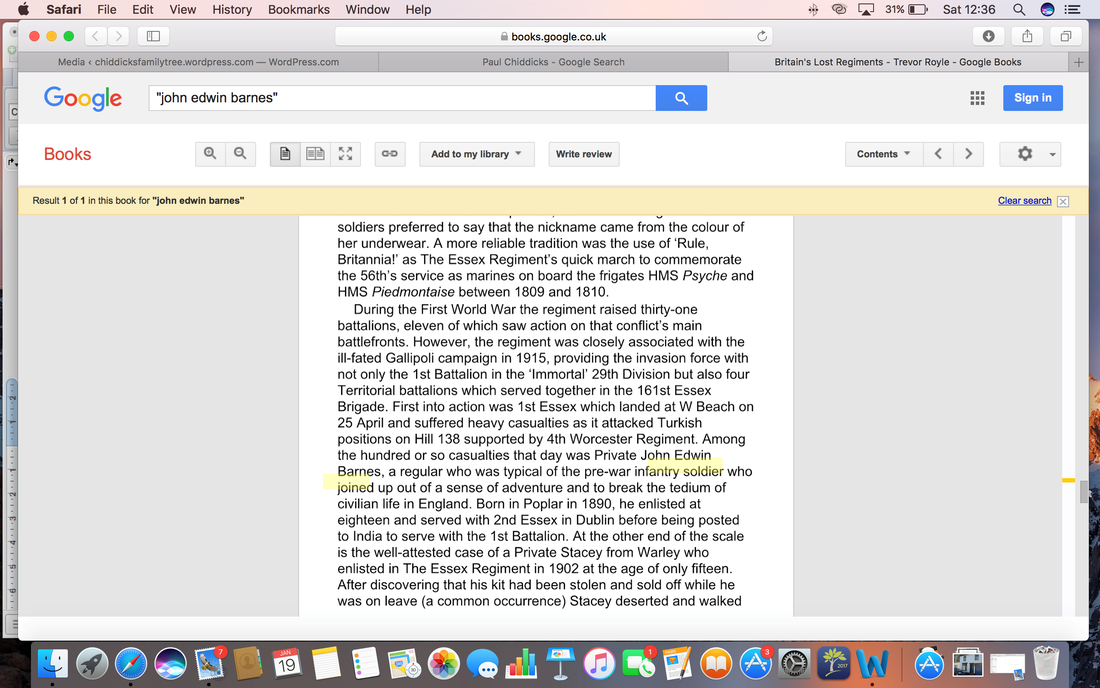
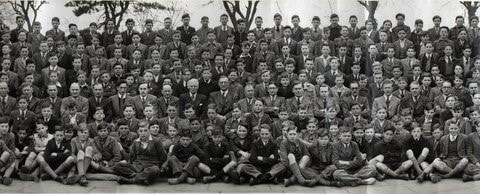

 RSS Feed
RSS Feed
